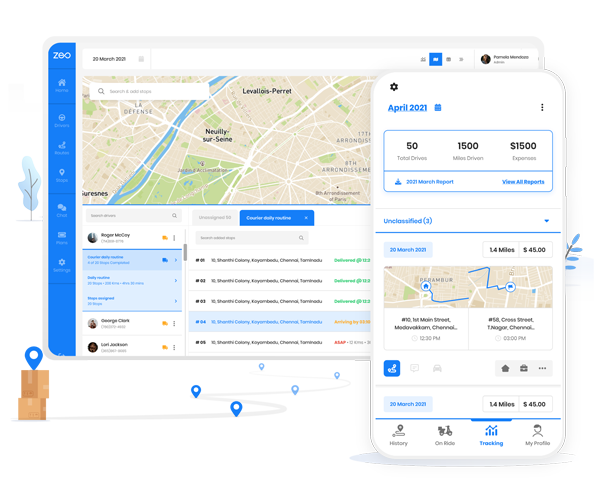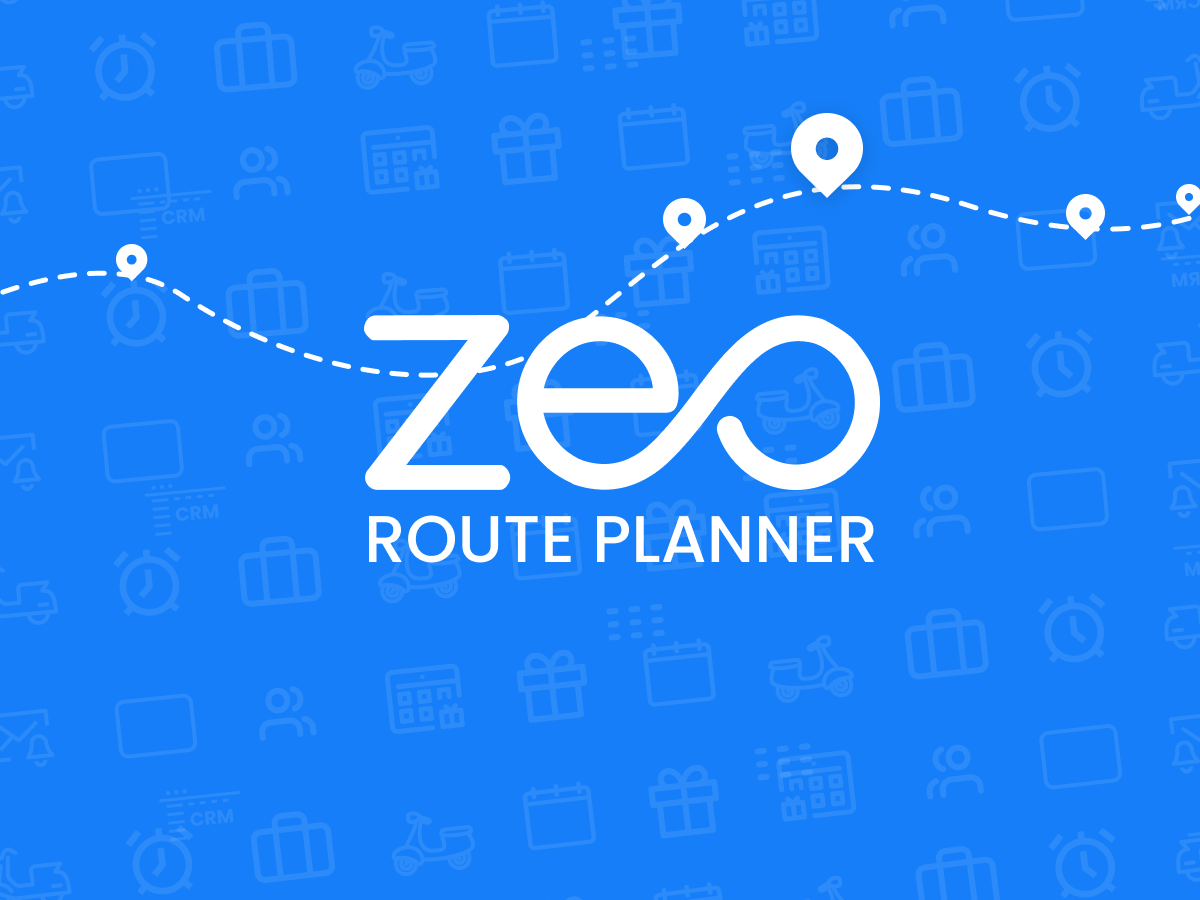Does your business involve delivery operations? If yes, then, cost per mile is a metric you should be highly interested in.
Cost per mile is the cost incurred by your business for every mile driven to make deliveries successful. The costs can quickly add up in a delivery business. If you don’t know your cost per mile, how will you know if you are charging the right amount to your customers? It can eventually impact your bottom line.
Let’s understand how to calculate the cost per mile in 5 simple steps. We’ll also discuss how you can control your cost per mile.
How to calculate cost per mile?
- Step 1: Know the key metrics
Before calculating the cost per mile for your business, you need to understand 3 metrics:- Fixed Costs
Fixed costs are expenses that remain stable for long stretches and don’t fluctuate every month. Some examples include rent paid for office space, employee salaries, insurance payments, business licenses, etc.These costs don’t change irrespective of the level of business activity unless you’ve made major business decisions like renting out another office or warehouse. So once you’ve calculated fixed costs, you won’t have to calculate them every month (unless there is a change).
- Variable Costs
Variable costs, as the name suggests, vary depending on the level of business activity. These include bills for utilities like electricity, overtime wages, repair & maintenance expenses, tolls, etc.Fuel costs are also a major variable expense. Fuel costs can vary even if the price of gas is changing.
If you are calculating cost per mile on a monthly basis then you’ll have to calculate the variable costs every month. It is important to keep track of invoices and receipts pertaining to variable expenses to make the calculation easier.
- Total miles driven
The third metric needed for calculating cost per mile is total miles driven. You’ll need to take into account both types of miles: compensated miles and deadhead miles.Compensated miles are the ones that are driven for making the delivery to the customer. The costs for these can be built into the shipping and delivery charges paid for by the customer.
Deadhead miles are the miles that are driven for other tasks like returning to the warehouse after making the deliveries or picking up goods from the suppliers. These are also called ‘empty miles’ and are not paid for by the customer.
- Fixed Costs
- Step 2: Select the time period
Choose the time period for which you want to calculate the cost per mile. Selecting a short period like a day or a week may not lead to fruitful insights as costs or miles may vary a lot on a daily or weekly basis. Selecting a long period like a year may also not make sense as it will be too late to take any corrective actions.You can calculate the cost per mile on a bi-weekly, monthly, or quarterly basis. Such time periods will give you a reasonable amount of data to work with. If the cost per mile is high, you’ll also have the opportunity to control it so that your yearly numbers are not impacted.
- Step 3: Add up all the expenses
increase fuel savings
Save 2 Hours on Deliveries, Everyday!
Optimize routes with our algorithm, reducing travel time and costs efficiently.
Get Started for Free
List down all your fixed and variable expenses for the selected time period and add them up to arrive at the total costs. If you are a small business, you can track the expenses manually. However, if the scale of operations is large then you should prefer using software to minimize errors.For example – Your fixed costs for the month include rent = $500, salaries = $600, and license fee = $100. Total fixed costs = $1,200. Your variable costs for the same period include fuel = $300, electricity = $100, repairs = $50, and tolls = $50. Total variable costs = $500. Total costs for the month = $1,700.
- Step 4: Calculate miles driven
To calculate the actual miles driven, you can take the odometer reading at the beginning of the chosen time period and at the end of the time period. Subtract the period end reading from the period start reading to calculate miles driven.You can also use software or tracking devices to track the miles.
- Step 5: Calculate cost per mile
Now that you have all the metrics required to calculate cost per mile, the actual calculation becomes easy. You just need to divide total expenses by the total miles driven and the resulting number is your cost per mile.Cost per mile = Total Expenses / Total Miles
Calculating cost per mile for a single vehicle vs for the entire fleet
The formula discussed above is applicable if you were calculating cost per mile for the entire fleet. However, if you want to calculate the cost per mile for a single vehicle, it’ll be slightly different.
To calculate fixed costs for the vehicle, you have to divide it by the total number of vehicles in your fleet. To calculate variable costs, you have to consider the nature of the cost. Variable costs like utilities are split equally among the vehicles. But, variable costs like fuel are considered only for the vehicle for which you want to calculate cost per mile.
The total costs are then divided by the miles driven by the particular vehicle.
How to reduce cost per mile?
To control cost per mile, you have to reduce the total costs. It would require an in-depth analysis of the various costs to identify the opportunity for cost-cutting. However, it may not be feasible to control fixed costs as it may hamper the growth of your business.
What you can actually control is some of your variable costs using route optimization software. A route planner provides you with the most efficient route for your deliveries. It not only helps in reducing fuel costs but also the maintenance costs. It also ensures optimum utilization of your vehicles and their capacity.
Hop on a quick demo call to learn how Zeo Route Planner can bring efficiency to your delivery routes!
Read more: How To Increase Payload Capacity Of Delivery Vehicles?
Conclusion
Being aware of your cost per mile is essential to maintain a healthy bottom line. You should calculate it at a frequency that makes business sense. If your cost per mile turns out to be high, you can respond before it’s too late!

Are you a fleet owner?
Want to manage your drivers and deliveries easily?
Grow your business effortlessly with Zeo Routes Planner – optimize routes and manage multiple drivers with ease.

increase fuel savings
Save 2 Hours on Deliveries, Everyday!
Optimize routes with our algorithm, reducing travel time and costs efficiently.
Get Started for Free






















